In this mobile world – an attention economy, our creative real estate is greatly reduced from the time when desktop dominated. What's playing into the brands’ hands is that our audience has changed from a text-based consumer to one that craves images and video. What we have seen in the last few updates of the Facebook app are platform innovations that give us a fantastic opportunity to stand out using the power of static and moving picture.
With that in mind, today was an opportunity for us to get an update on how the platform is developing its creative inventory and measurement tools, while gaining some invaluable insights into re-purposing creative campaigns to maximise effectiveness.
For me, there were some key learnings to take out that will inform the work we do for campaigns that we are building.
1. Full-funnel thinking
We hear brands demand that we should take every opportunity to ‘Sell! Sell! Sell!’ through social channels. Brands seem to expect conversions from first interaction. It's completely flawed thinking and unrealistic - Facebook say so.
Think about this.
Awareness, consideration, conversion - it's a simple conversion funnel. Don't try and get somebody to convert when they are unaware, or not considering your brand. You'll be wasting your money.
Wasted clicks = wasted bucks.
Draw a user down the funnel with a compelling story, with well-planned ad sequencing and appropriate calls to action. When a user has clicked and shown interest, ask them to convert with a ‘download/install’ or ‘buy now’ call to action.
2. The old rules of engagement have changed
Brands used to have to earn attention with a clever story told over 30 seconds or a minute, culminating in a grand reveal of the main message and brand at the end. To some extent, this is no longer the case.
Engagement used to build slowly through a piece of communication. But on mobile, attention starts high, and drops dramatically. So, we can apply a few rules to engaging our time-poor, attention-deficient user.
Ian Crocombe, Head of Facebook's Gaming and SMB creative shop offers this checklist for compelling content:
- It's thumb stopping in the first 3 seconds
- It works with the sound off - 80% of video is watched without sound!
- It's framed for mobile and fast storytelling
- It takes advantage of alternative formats and ad inventory available on social channels.
3. Principles of sticky content
Content is a brand’s way of telling its story, drawing a user down the funnel I talked about in point But what content is right for social channels? If a brand sticks to the following principles, it will have a better chance of connecting with its audience:
- Instant - Speediness of communications. We operate in an instant world. Brands need to respond, be agile and talk to their audience when they want to be spoken to, about relevant topics.
- Imperfect - video doesn't have to be Ridley Scott TV ad perfection - audiences have a new appreciation of the imperfect. To some extent speed and relevancy are more important than perfect execution.
- Real - users dismiss finely crafted customer stories and other overly-corporate communications. They have a new found appreciation of the ‘real’. We shouldn't be thinking about artificial stories, but really gritty content, generated by users, telling the brand story.
- Bold - the world is learning a new language, and brands need to keep up. People are now better communicators than brands – they write, illustrate text with emoticons, create gifs, video and edit imagery. Emoji's and gifpys are common language. Brands need to be bold to keep up
These are exciting times for brands and agencies. Facebook are constantly developing their platform and the inventory available for brands to tell compelling stories. They'll be launching a creative studio to view campaign creative in timelines prior to launch in the next two months. And they offer testing labs for new products, working together with agencies and brands to further enhance the creative opportunity.
Finally, part way through the day I suggested that Facebook LDN HQ is the Buckingham Palace of the marketing world.

